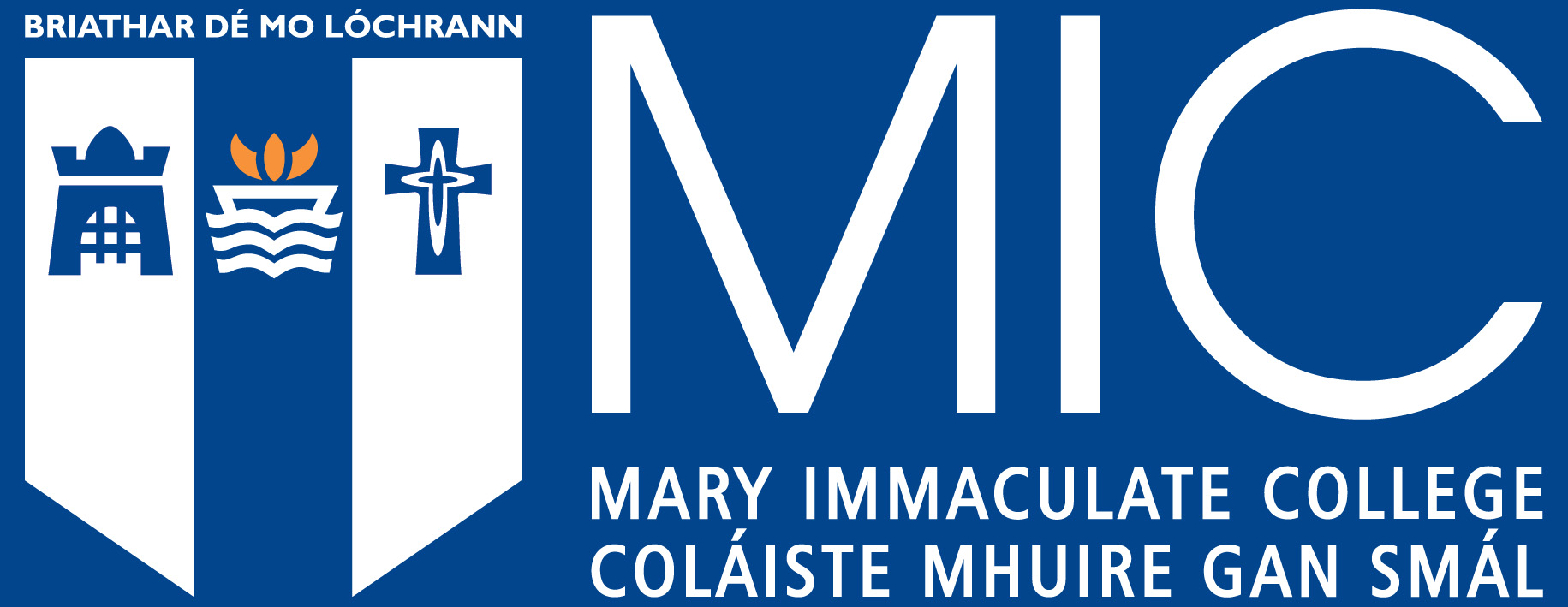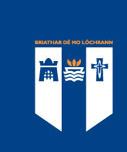Forts and fields: a study of 'monastic towns' in seventh and eighth century Ireland
Citation
Swift, C. (1998) ‘Forts and fields: a study of monastic towns in seventh and eighth-century Ireland’, Journal of Irish Archaeology, 9, 105-126, available: http://www.jstor.org/stable/30001695.
Swift, C. (1998) ‘Forts and fields: a study of monastic towns in seventh and eighth-century Ireland’, Journal of Irish Archaeology, 9, 105-126, available: http://www.jstor.org/stable/30001695.
Abstract
Due to the work of Charles Doherty, the phrase 'monastic
town' is now part of the common parlance of medieval
Irish archaeology and settlement studies. This was a
phrase which had earlier been used by Ó Corrain to
characterise major eighth- and ninth-century churches.
Doherty popularised the expression in three articles
written in the first half of the 1980s. In these, it was
argued that, after ecclesiastical sites adopted a standard
format in the seventh and eighth centuries, they became
'urban' from the tenth century. His model has been
accepted by medieval archaeologists such as Bradley,
Edwards and, to some extent, by Ryan.' In contrast,
Mallory and McNeill have drawn a distinction between
early church sites as major centres of resources (which
they see as plausible) and the same sites as large centres
of population (with which they disagree). Graham has
pointed out that there is no known parallel for a theory of
urbanisation founded almost entirely on monasticism and
argues that the lack of a precise definition of the
'monastic town' compromises Doherty's concept.
Elsewhere, Graham has suggested that such 'proto-
towns' should be viewed in the context of mixed secular
and ecclesiastical settlements which he postulates as the
norm in early medieval Ireland from the seventh century.'
More recently, Valante has queried the whole concept of
an Irish monastic town on the grounds that she sees no
evidence for early ecclesiastical sites being the 'hub of a
redistributive system', nor for their 'urban' status. She
defines urban as 'distinct from a rural settlement where
the majority of denizens rely on agricultural
production...' and suggests that in a pre-industrial society,
commerce, manufacturing and provision of services are
obvious possibilities for a non-farming economic base.
Keywords
Religious buildingsAtriums
Towns
Priests
Irish history
Monasteries
Irish literature
Excavations
Language translation


